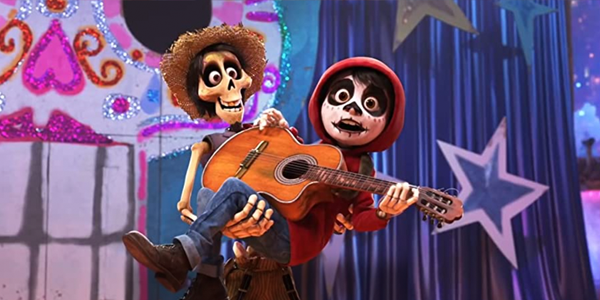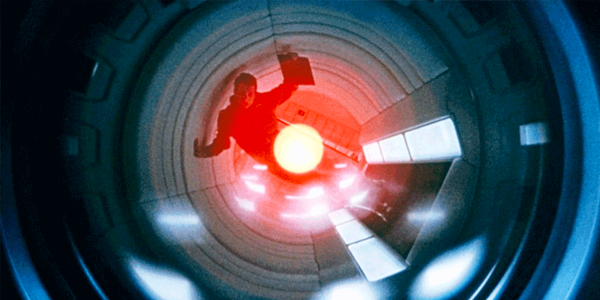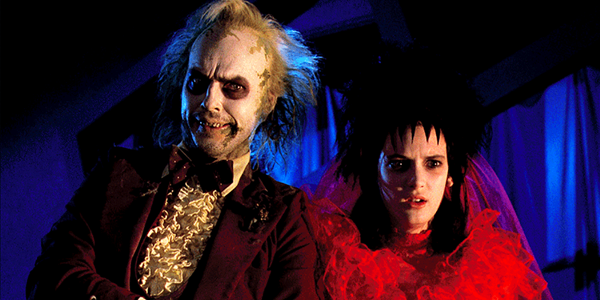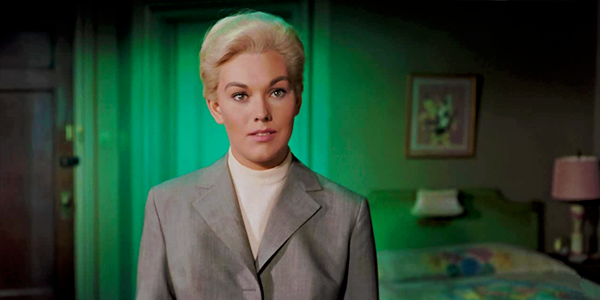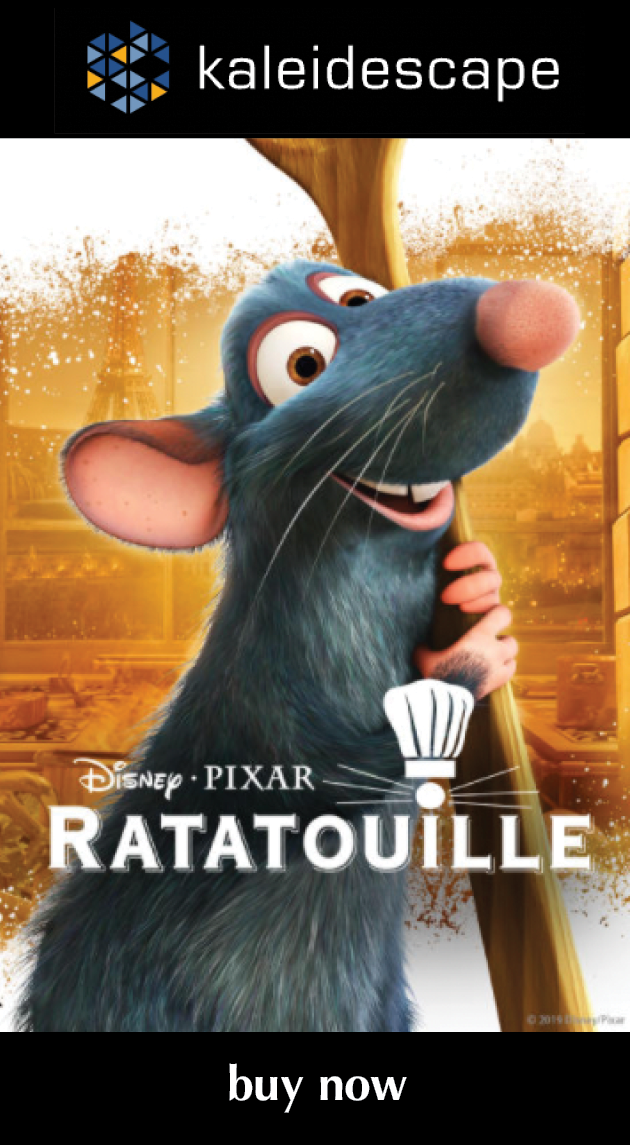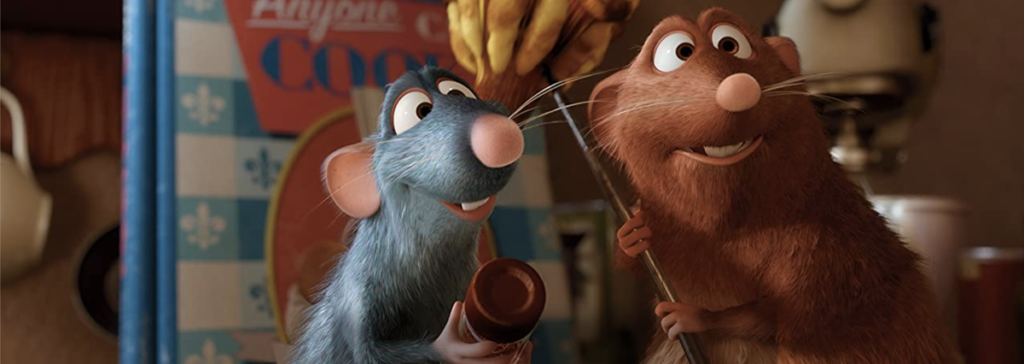
review | Ratatouille
The best of the Golden Age Pixar films beats the “all animation looks good in digital” cliché, showing off the subtle virtues of HDR
by Michael Gaughn
September 21, 2021
On the heels of Dennis Burger’s review of Coco—probably the best of the recent harvest of Pixar films, likely because it was a holdover from the Lasseter era—comes this review of Ratatouille, probably the best of the films from the studio’s initial, defining Golden Age. Anointing a “best” Pixar film is almost impossible, especially when you’re talking about that early period when they could do no wrong—well, except for Cars.
Why Ratatouille? Mainly because nobody should have been able to create a mass-market cartoon about the world of gourmet cooking, let alone use it as a springboard for portraying that world in depth and at length, with both insight and affection, then draw a big enough audience to reap almost a billion dollars along the way. No live-action film could venture into that territory and expect to earn enough to even cover the crew’s car fare.
Making it even more miraculous is that Brad Bird and associates portray this rarified and exclusive world without succumbing to the Bay Area’s provincial snobbery, Silicon Valley’s endemic hubris, and the insufferable know-nothingness (and -everythingness) of the then emergent hipster movement. This movie should not exist—and yet there it is.
Fourteen years on, Ratatouille still holds up for the most part. The visuals don’t have the depth and photorealistic microdetail of Pixar’s more recent fare, but the production design and animation are so inventive that those technical improvements would be superfluous here. About the only thing that comes up short are the fire effects, which look smudgy.
Remy, Skinner, Ego, Emil, and Django are all still solid, Colette still feels perfunctory and obligatory, and Linguini is still consistently annoying, a sop to the youngest part of the audience that never felt right and hasn’t aged well—which brings up the biggest differences between this and earlier viewings of the film. It’s becoming apparent there’s a flaw in the Pixar formula that is going to become more obvious as time passes, a tendency to periodically amp up the action way beyond what the story calls for out of fear of losing the audience. This especially sticks out in Rataouille because it’s so unnecessary, the themes, characters, and plotting being so compelling (with a glaring exception) that all the little action set pieces jump out as arbitrary and disruptive.
That glaring exception is the third act, which, for all their genius at plotting, the Pixar team badly bungled here. Not having properly balanced the various narrative threads, the result was something just short of chaos when they tried to pull them all together. Or, to shift metaphors, by the time Ego arrives at the restaurant for his dinner, they have so many balls in the air that you can sense their arms getting tired.
The time that elapses between Ego’s arrival and when he’s finally served is so drawn out that it stretches plausibility to the breaking point, even for a cartoon. Instead of maintaining the tension created by his presence and taking advantage of the momentum it creates, the movie jerks along in fits and starts as it tries to check off the boxes of all the various subplots, wreaking havoc on any realistic (or dramatic) sense of time.
For instance, we’re supposed to believe that Linguini has his freak out, then defends Remy, the entire kitchen staff quits, Remy becomes reconciled with his father, Colette reconsiders, the rats come to the rescue, the perpetually bumbling Linguini becomes a supremely coordinated skater, and they all conjure up a ratatouille while the most important food critic in France, with the power to ruin the restaurant, just waits—and waits, and waits. It doesn’t help that they too conveniently place the deposed and banished (and distinctly diminutive) Skinner in the middle of the dining room where he would have been instantly spotted by the wait staff. Poetic license can be a beautiful thing but this is all too much to swallow. You naturally give a cartoon a lot of leeway—but not when it squanders a natural point of dramatic energy because of shoddy plotting.
None of this fatally flaws the film—far from it. It’s just another aspect of Pixar being so hyper conscious of serving the audience that they didn’t fully invest themselves in the material—which would have led to a better, and likely just as successful, film.
So let’s jump to the “modern animation always looks great on digital media, whether HD, Blu-ray, or 4K” cliché. I can see the merits of that argument but would then have to point toward what HDR brings to the presentation here. It’s a consistently restrained application but a consistently compelling one that takes full advantage of Paris’s reputation as the City of Light. Probably the best example is the shot toward the end of Ego standing looking out his tall study window at the skyline as he’s heard reading his review on the soundtrack. The deft enhancement of his desk lamp, the dimly lit chandelier, and the city’s glow is both subtle and dazzling. This is why animation is worth seeing in HDR.
I’m sometimes intrigued by Michael Giacchino’s work but wouldn’t call myself a fan. His scores are too often both ingratiating and derivative, and too big for the project at hand. But Ratatouille is one of his less turgid efforts—aside from those gratuitous action set pieces—with the scaled-back narrative causing him to rein in his usual excesses, leading to some evocative, and even graceful and restrained, flourishes from time to time.
The TrueHD Atmos mix is appropriately atmospheric, convincingly placing you out in a field, in a farmhouse, in the sewer, in a gourmet kitchen, etc. But it does get a little too cartoony doing those moments when all involved felt obliged to goose the action.
The reputation of Pixar’s films is so strong it’s damn near invincible, so pointing out that some cracks might be starting to emerge is unlikely to trigger any kind of reconsideration. And it doesn’t make those early years any less of a miracle—the animation in the original Toy Story is really starting to show its age but that hasn’t yet had any real impact on enjoying the film. The same thing applies here, sort of—the animation in Ratatouille is still strong, and the Pixar team gets the expressive aspects so right that that third act fumble, which would have sunk a lesser film, triggers little more than a passing twinge. It’s hard, even at this late date, not to be in awe of what Pixar wrought here.
Michael Gaughn—The Absolute Sound, The Perfect Vision, Wideband, Stereo Review, Sound & Vision, The Rayva Roundtable, marketing, product design, some theater designs, a couple TV shows, some commercials, and now this.
PICTURE | A consistently restrained but compelling application of HDR that takes full advantage of Paris’s reputation as the City of Light.
SOUND | The TrueHD Atmos mix is appropriately atmospheric but gets a little too cartoony doing those moments when the folks at Pixar felt obliged to goose the action.
© 2025 Cineluxe LLC


